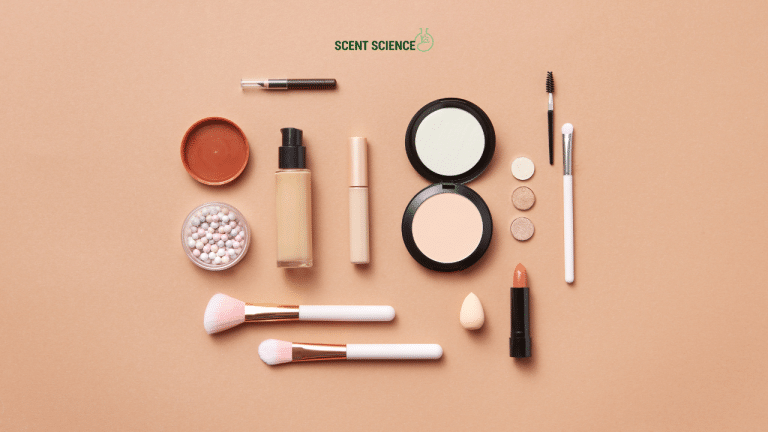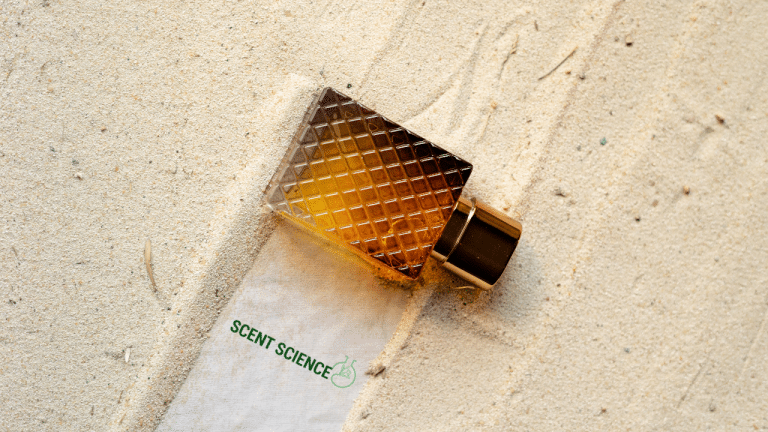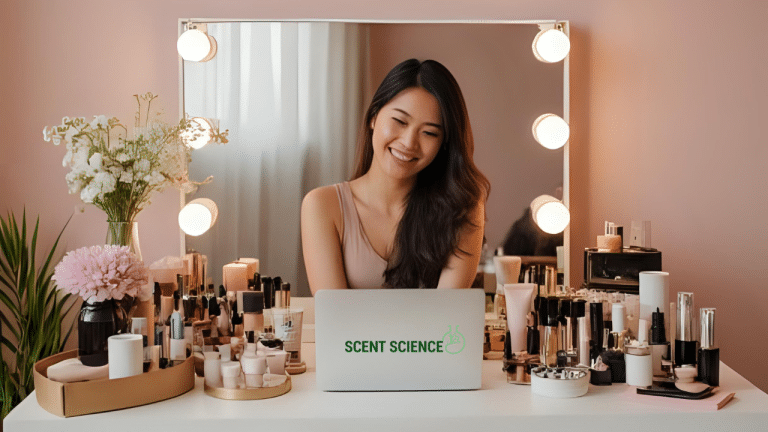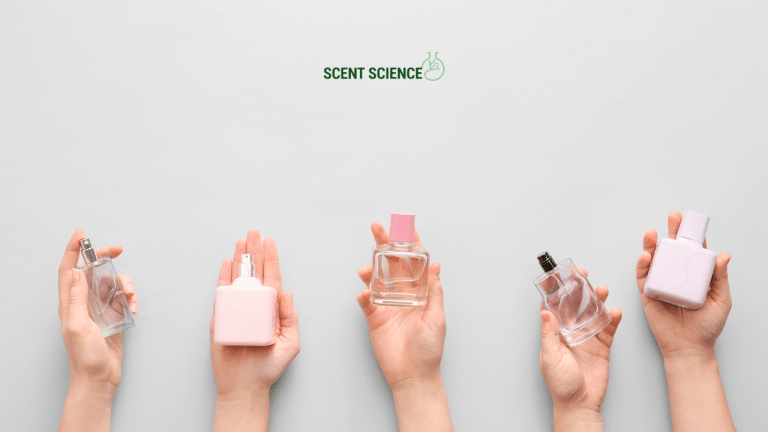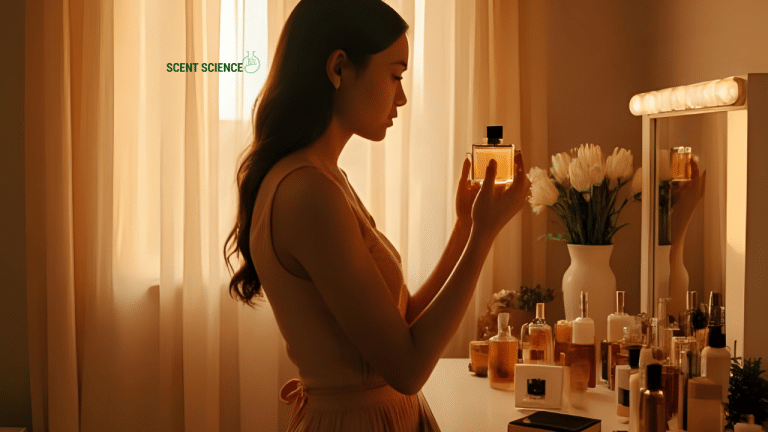In a world increasingly conscious of what goes into the products we use, the debate between natural and synthetic fragrance ingredients rages on. Yet, when assessing safety and efficacy, understanding the nuances between these two sources is crucial. Whether you’re a seasoned perfumer or a consumer selecting your next signature scent, let’s dive into the core of what differentiates natural from synthetic fragrances, evaluating both their origins and safety profiles.
Table of Contents
ToggleWhat Defines Natural and Synthetic Fragrances? 🌿🔬
Natural Fragrances
Natural fragrances derive their aromatic compounds from raw materials sourced directly from nature. These include essential oils, extracts, and isolates from flowers, fruits, spices, and woods. The extraction processes often involve methods like steam distillation, cold pressing, or solvent extraction.
One notable characteristic is their complexity and unique sensory profiles. However, their composition hinges heavily on the original source’s geographical, seasonal, and environmental conditions, which can lead to variations in scent profile.
Synthetic Fragrances
Conversely, synthetic fragrances are crafted using man-made compounds. Chemists synthesize these using advanced techniques in controlled environments to create specific aromatic compounds. Synthetic fragrances emulate both natural alternatives and wholly new, unique scents unachievable in nature.
Crafting these entails a detailed understanding of chemical structures, allowing precision and repeatability in production, thereby offering unparalleled consistency.

Comparative Safety Profiles: An Analytical Perspective 🔍
Analyzing Natural Fragrances
Perceived as free from the dangers associated with synthetic chemicals, natural fragrances possess their own set of challenges. Allergens such as limonene, linalool, and eugenol, common in many botanical elements, are notorious for causing skin irritations or allergic reactions. The safety profile here hinges on concentration and formulation.
*Example Case Study:* A study published in the “Contact Dermatitis” journal examined 100 essential oils and found that approximately 20% had known skin sensitizers present at consistent concentrations.
Evaluating Synthetic Fragrances
Synthetic fragrances are often maligned for their potential hazards, with controversy surrounding compounds like phthalates and various long-lasting fixatives. However, it’s crucial to underline that regulatory bodies such as the International Fragrance Association (IFRA) strictly monitor and set safety standards, facilitating models like quantitative risk assessment to arbitrate safe concentrations for consumer use.
*Research Insight:* A 2016 study in “Regulatory Toxicology and Pharmacology” outlined that many synthetic fragrances, when utilized according to IFRA guidelines, presented minimal risk to consumer health compared to unsupervised natural counterparts.
Environmental Impact: A Sustainable Perspective 🌍
Sustainability of Natural Fragrance Production
The extraction of natural ingredients often demands extensive land and plant biomass, raising sustainability concerns. The farming and harvesting methods may also exert pressure on biodiversity, deforestation, and land use.
*Industry Standard Example:* Companies like Symrise have shifted towards sustainable sourcing of raw materials, placing measures to ensure ethical farming practices and reduce adverse environmental impact.

Synthetic Fragrance Production and Eco-Footprint
While the production of synthetic fragrances presents lower direct environmental demands, it’s not without its own impact. Petrochemical origins can pose ecological concerns, necessitating a shift toward greener chemistries and renewably-sourced materials.
*Innovative Approach Example:* “Green chemistry” champions like Firmenich are investing in carbon capture technologies and advancing synthetic biotech to fuse chemistry with sustainability.
Technical Breakdown: Chemical Structures and Industrial Standards 🏗️
Natural Ingredients Chemical Structures
Intricately structured with terpene-based compounds, flavonoids, and esters, natural ingredients you encounter vary based on their extraction fluid, sterilization, and storage conditions. Their variable composition sustains aromatic complexity but also poses technical challenges in creating standard consistent products.
Synthetic Ingredients Chemical Diagnostics
The manipulation of chemical structures enables synthetics to provide detailed olfactory profiles—consistently. This tailoring involves detailed procedures, including mass spectrometry (MS) and gas chromatography (GC) analyses, forming the standards for reliability across fragrance industries.
*Industry Highlight:* Techniques such as Nuclear Magnetic Resonance (NMR) provide low-abundance compound detection, offering sharp insights into the complex construction of aromatic synthetics.

Real-World Applications and Industry Examples 💼
Fragrance Design Insights
In modern perfumery, professionals increasingly blend natural and synthetic options to leverage benefits from both domains. Brands like Chanel incorporate this hybridity in hallmark fragrances like “No. 5”, marrying jasmine’s natural bloom with aldehyde-driven synthetics to craft timeless classics.
Practical Tips for Consumers
- Ingredient Analysis: Always scrutinize ingredient lists for transparency about what you’re applying to your skin.
- Personal Patch Testing: Conduct a skin test with new fragrances, particularly natural ingredients known to have high allergenic potential.
- Regulation Awareness: Align fragrance choices with regulations under known frameworks like IFRA and REACH (Registration, Evaluation, Authorisation, and Restriction of Chemicals), ensuring the constituents meet safe usage protocols.
Conclusion: Making an Informed Choice 🌱 Vs. 🧪
Distinguishing between natural and synthetic fragrances involves more than merely looking at origins; it includes an examination of the environmental, safety, and chemical implications inherent in each. While safety profiles lean not inherently towards one over the other, it falls upon rigorous standards, personal testing, and informed consumption to guide conscientious choices. As continued breakthroughs in both arenas emerge, balance and moderation remain key. Armed with this comprehensive overview, discerning professionals and consumers can stride confidently through their aromatic explorations.
In today’s complex aromatic landscape, understanding the layers behind what composes “natural” and “synthetic” encourages informed, nuanced decisions untapping their fullest potential. Moreover, advocacy for transparency and sustainable innovation binds both ends with responsible creation and use—notably crafting a path thread by conscientious curiosity.
Frequently Asked Questions
What are the benefits of using a hair mask in my hair care routine?
Using a hair mask can provide several benefits, including hydration, smoothing, strengthening, curl definition, heat protection, and damage repair. Hair masks infuse the hair with moisture, help coat the hair shaft to seal split ends, reduce breakage, and protect the hair from heat styling and environmental damage[1][4].
What ingredients should I look for in a hair mask?
Effective hair masks often include ingredients such as coconut oil, argan oil, shea butter, honey, avocado oil, green tea, and coconut water. These ingredients provide nourishment, moisturize, and protect the hair, offering benefits like softening, moisturizing, and protecting against damage[2][5].
How often should I use a hair mask in my routine?
You should use a hair mask whenever your hair feels dry, unmanageable, or in need of intense hydration. This can vary depending on your hair type and needs, but generally, using a hair mask once or twice a week can help maintain healthy and moisturized hair[1][4].
How do I apply a hair mask for the best results?
To apply a hair mask effectively, shampoo your hair first, then apply the mask, focusing especially on the ends where hair tends to be the most damaged. Leave the mask on for anywhere from 10 minutes to overnight, depending on the type of mask and your hair’s needs[1][4].
References


